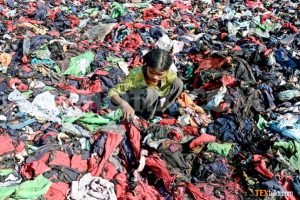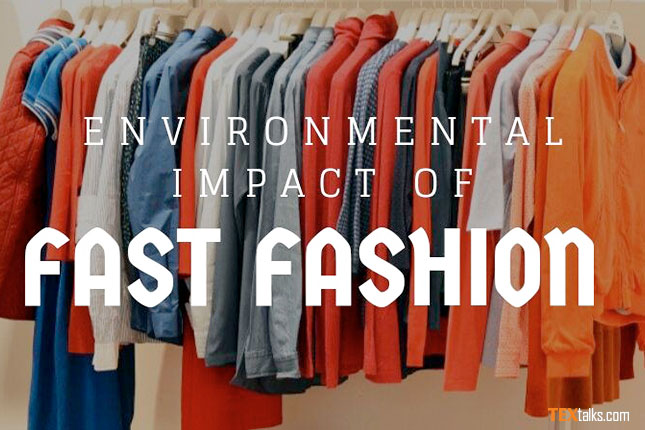Fast Fashion is the terminology used for the brands producing bulk items of clothing. Apart from articles of clothing, Fast Fashion includes textile-related footwear and other accessories. The main advantage of this bulk production is that the consumers can afford current styles, i.e., budget-friendly. On the other hand, mass production of clothing accounts for eight percent of worldwide greenhouse gas emissions, placing Fast Fashion in “the top 5 of the most polluting industries in the world.”
 Almost all textiles made for fast-fashion retailers are sourced from Asian countries, including Pakistan, Bangladesh, India, Vietnam, and China. Loose environmental regulations in these countries allow retailers to mass-produce clothing without legal pushback. Fast Fashion causes environmental pollution through a volatile combination of water, chemicals, and waste. Fast Fashion is responsible for the emission of 1.715 million tons of CO2 and 79 billion cubic meters of wastewater every year.
Almost all textiles made for fast-fashion retailers are sourced from Asian countries, including Pakistan, Bangladesh, India, Vietnam, and China. Loose environmental regulations in these countries allow retailers to mass-produce clothing without legal pushback. Fast Fashion causes environmental pollution through a volatile combination of water, chemicals, and waste. Fast Fashion is responsible for the emission of 1.715 million tons of CO2 and 79 billion cubic meters of wastewater every year.
The cost of Fashion is becoming high regarding pollution. A typical trend comes into the market and becomes out of style very quickly, leaving behind a massive amount of waste and producing space for the upcoming style with more pollution to come.
Thrift shopping and thrifting/donating old clothing is a great way to cut back on clothing waste. Although fast Fashion causes environmental poverty worldwide, anyone can make a difference only by changing what they wear.



